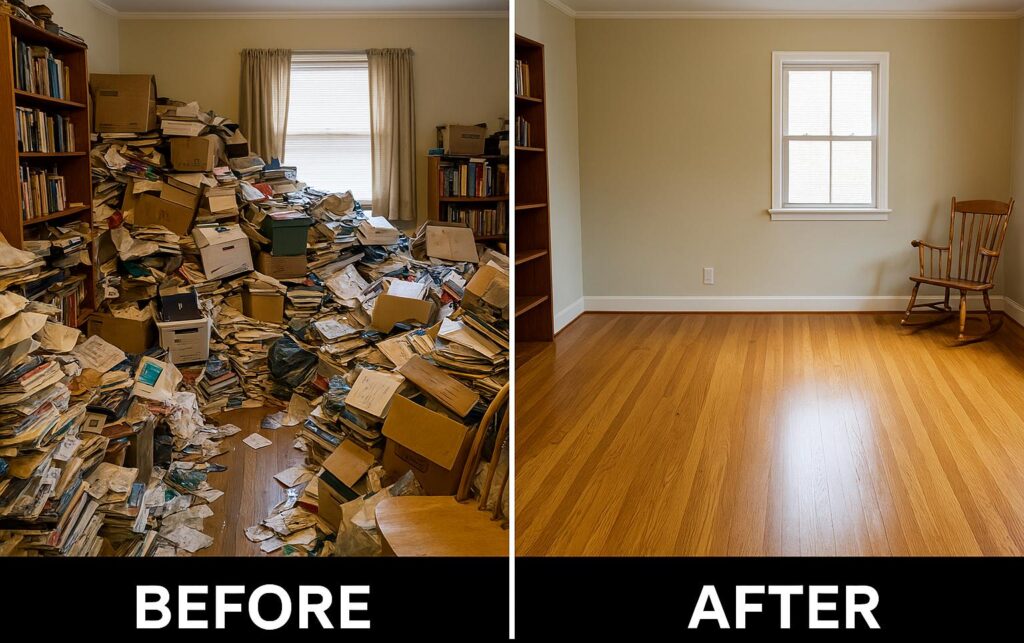Hoarding Cleanup: How Professionals Handle Sensitive Situations
Hoarding disorder affects millions of people and can create hazardous living conditions that require professional cleanup. Hoarding goes beyond simple clutter; it often involves excessive accumulation of items, leading to blocked living spaces, structural damage, and biohazard risks. Professional hoarding cleanup services are essential in restoring safe and habitable environments while ensuring a respectful and compassionate approach.
Challenges of Hoarding Cleanup
Hoarding cleanup presents unique challenges that require specialized handling, including:
- Health Hazards: Piles of items can harbor mold, pests, bacteria, and biohazards, posing risks of respiratory issues and infections.
- Structural Damage: Overloaded spaces can cause floor buckling, wall damage, and even compromise the stability of a building.
- Emotional Sensitivity: Hoarding is linked to mental health conditions, making it essential for cleanup professionals to approach the process with empathy and patience.
- Legal and Safety Concerns: Severe hoarding cases may violate local housing codes and pose fire hazards, requiring intervention for occupant safety.
The Professional Hoarding Cleanup Process
1. Initial Assessment and Planning
- A comprehensive evaluation of the home determines the level of hoarding and safety risks.
- A personalized cleanup strategy is developed, often involving collaboration with mental health professionals and family members.
2. Sorting and Organization
- Items are categorized into what will be kept, donated, or discarded.
- Personal belongings of sentimental or financial value are carefully preserved.
3. Safe Removal of Hazardous Materials
- Contaminated or hazardous items, such as spoiled food, animal waste, or mold-infested materials, are safely disposed of following health regulations.
- Professional-grade cleaning solutions are used to sanitize affected areas.
4. Deep Cleaning and Restoration
- Industrial-strength vacuums, air scrubbers, and disinfectants are used to remove dust, bacteria, and odors.
- Damaged areas such as walls, flooring, or plumbing fixtures may be repaired or replaced.
5. Support and Prevention Strategies
- Ongoing assistance is provided to help individuals maintain a clutter-free environment.
- Mental health professionals may offer counseling or follow-up care to address the root causes of hoarding behavior.
The Importance of Professional Help
Attempting to clean a hoarder’s home without proper expertise can be overwhelming and unsafe. Professional cleanup teams are trained to handle these sensitive situations with care, ensuring the safety and well-being of the individuals involved. By restoring the space to a clean, livable condition, these services provide individuals with a fresh start and a path toward a healthier living environment.

